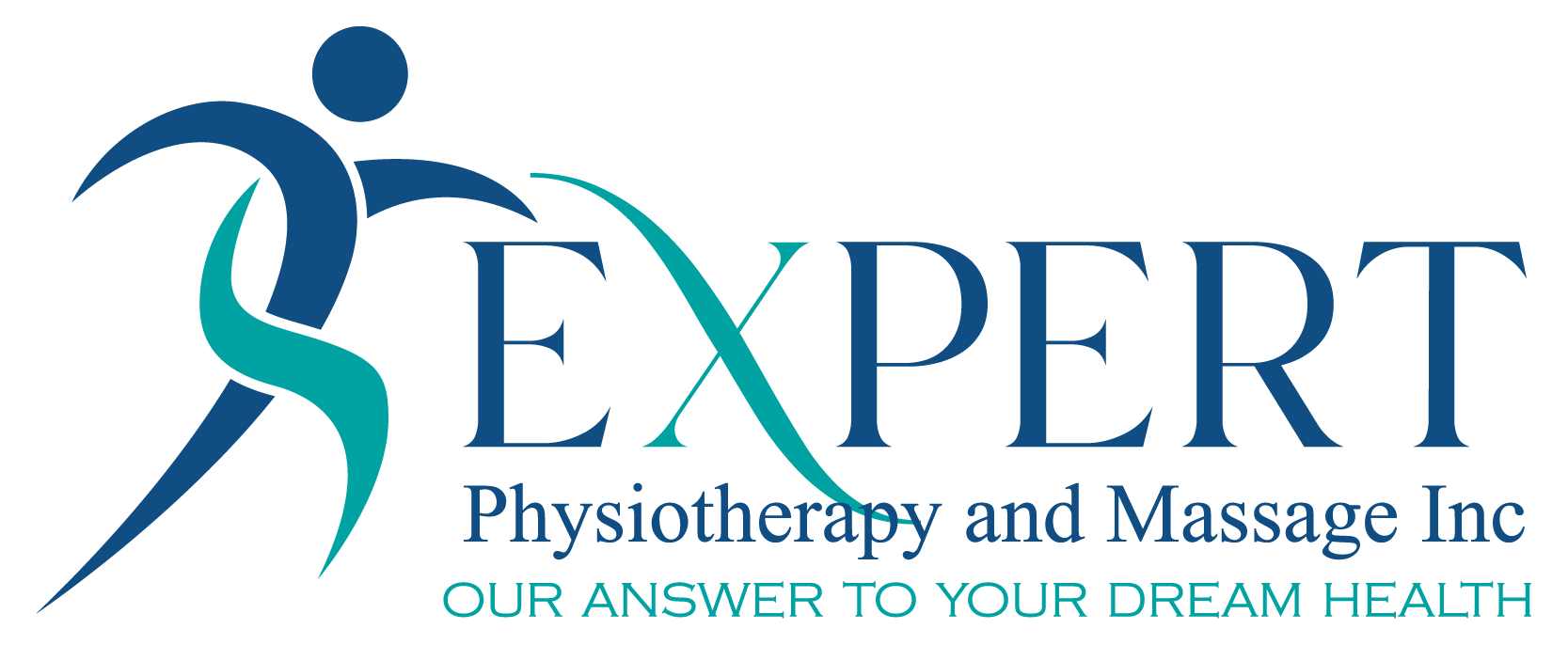Osteoarthritis is one of the most common forms of arthritis, affecting millions of people worldwide. It occurs when the protective cartilage that cushions the ends of your bones wears down over time, leading to joint pain, stiffness, and reduced mobility. While exercise is crucial for managing osteoarthritis, certain activities can worsen symptoms and cause further joint damage. Knowing which exercises to avoid is essential for maintaining joint health and improving quality of life.
What is Osteoarthritis?
Osteoarthritis, often called “wear-and-tear arthritis,” primarily affects the knees, hips, hands, and spine. It is a degenerative joint disease caused by the breakdown of cartilage, which can lead to inflammation and pain in the affected areas. Common symptoms include:
- Joint stiffness, especially in the morning or after inactivity.
- Pain that worsens with activity and improves with rest.
- Swelling around the joints.
- Reduced range of motion.
The Importance of Exercise
Exercise is a cornerstone of osteoarthritis management. It helps strengthen the muscles around the joints, improve flexibility, and promote overall joint health. However, not all exercises are suitable for individuals with osteoarthritis. High-impact activities and improper techniques can exacerbate symptoms and accelerate joint degeneration.
Exercises to Avoid with Osteoarthritis
If you have osteoarthritis, it’s important to steer clear of exercises that place excessive strain on your joints. Here are some activities to avoid:
1. High-Impact Activities
High-impact exercises involve repetitive stress on weight-bearing joints, which can aggravate pain and inflammation. Examples include:
- Running or jogging on hard surfaces.
- Jumping exercises, such as box jumps or jump squats.
- High-impact aerobics.
2. Deep Squats and Lunges
While squats and lunges can strengthen the lower body, deep variations put significant pressure on the knees and hips, which can worsen osteoarthritis symptoms. Opt for modified or partial squats to reduce strain.
3. Heavy Weightlifting
Lifting heavy weights, especially without proper form, can overload the joints and increase the risk of injury. Avoid exercises such as heavy leg presses, deadlifts, and overhead presses. Focus on lighter weights with higher repetitions instead.
4. Twisting Movements
Activities that involve rapid or repetitive twisting, such as certain yoga poses or golf swings, can strain the joints and cause discomfort. Be mindful of movements that require sudden directional changes.
5. Contact Sports
Sports like football, basketball, and hockey involve high-impact movements, sudden stops, and physical contact, which can be detrimental to joint health. These sports increase the risk of injury and should be avoided.
Safe Exercise Alternatives
While it’s crucial to avoid high-impact activities, there are many low-impact exercises that can benefit individuals with osteoarthritis:
- Swimming and Water Aerobics: The buoyancy of water reduces joint stress while providing resistance for muscle strengthening.
- Cycling: Stationary or outdoor cycling helps improve cardiovascular health and joint mobility without excessive impact.
- Yoga and Tai Chi: These practices enhance flexibility, balance, and overall well-being with minimal joint stress.
- Walking: A low-impact way to stay active, especially on even surfaces.
- Resistance Band Exercises: Provide a gentle way to strengthen muscles without putting excess pressure on the joints.
The Role of Footwear in Osteoarthritis Management
Choosing the right footwear is critical for individuals with osteoarthritis. Proper shoes can help reduce joint stress, improve alignment, and enhance overall comfort during physical activity. Here are some tips for selecting appropriate footwear:
- Cushioning: Look for shoes with ample cushioning to absorb shock and reduce impact on the joints.
- Arch Support: Proper arch support helps distribute weight evenly and prevents unnecessary strain on the knees and hips.
- Non-Slip Soles: Ensure your shoes have good traction to reduce the risk of slipping and falling.
- Roomy Toe Box: A wider toe box prevents unnecessary pressure on the toes and forefoot.
- Custom Orthotics: Consider custom-made insoles or orthotics for additional support and comfort.
Wearing the right footwear can make a significant difference in managing osteoarthritis symptoms and staying active.
Tips for Exercising with Osteoarthritis
To exercise safely and effectively with osteoarthritis, keep these tips in mind:
- Warm-Up: Always start with a gentle warm-up to prepare your joints and muscles.
- Listen to Your Body: Stop any activity that causes pain beyond mild discomfort.
- Maintain Proper Form: Focus on correct techniques to prevent joint strain.
- Stay Consistent: Regular, low-impact exercise is more beneficial than occasional high-intensity workouts.
- Consult a Professional: Work with a physiotherapist or certified trainer to develop a tailored exercise plan.
Conclusion
Managing osteoarthritis involves striking a balance between staying active and protecting your joints. By avoiding high-impact activities and focusing on safe alternatives, you can reduce pain, improve mobility, and enhance your overall quality of life. At Expert Physiotherapy and Massage, our team is here to guide you through personalized exercise programs that support joint health and keep you moving comfortably. Contact us today to learn more!


